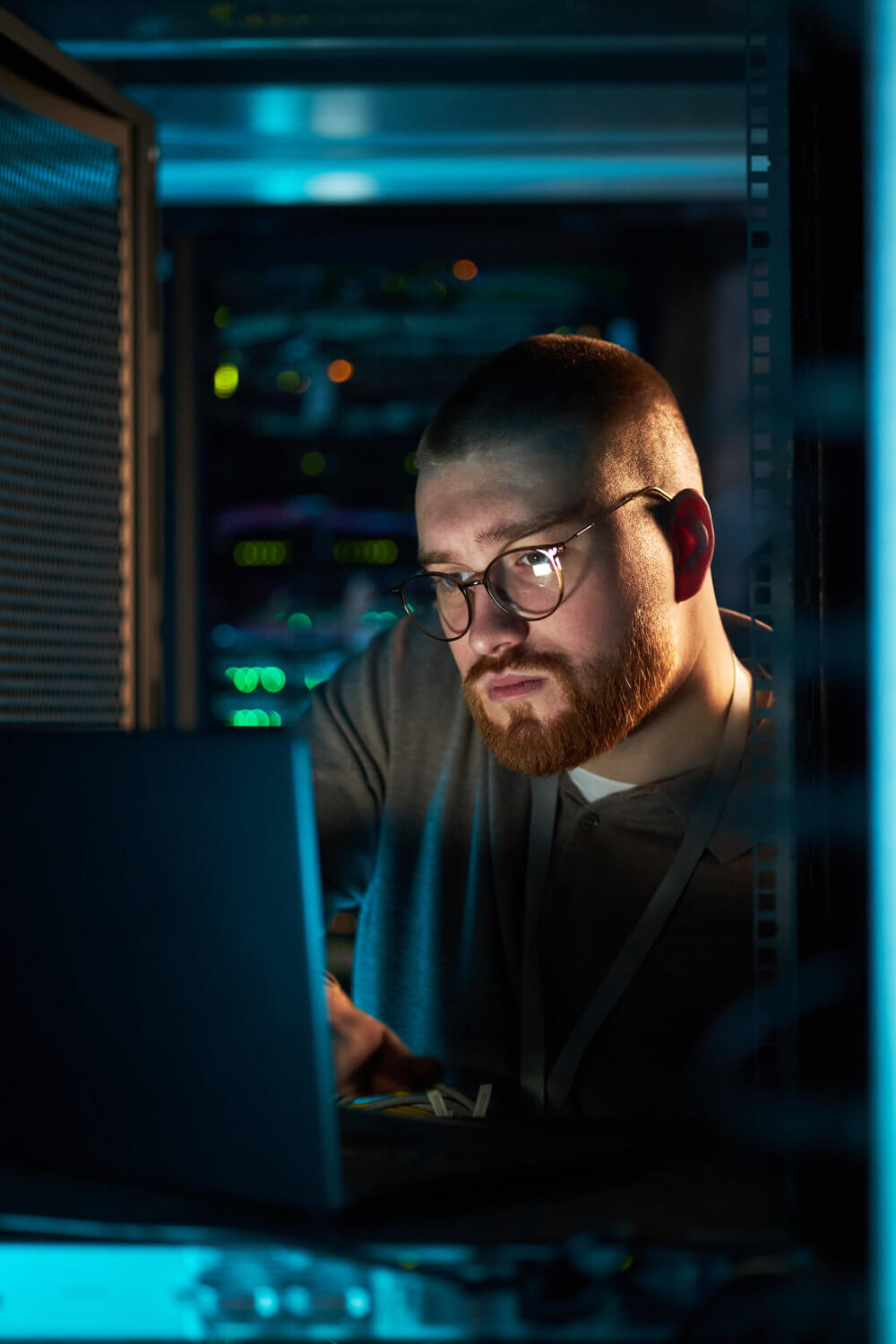
Cyber Resilience at the Speed of Change
In the U.S. Air Force, cyber threats evolve by the hour. To keep systems resilient, practices and training must move just as fast. CyberSTEPS equips software engineers and solution architects to learn and apply the latest, proven techniques when designing new systems.
Let’s Talk



